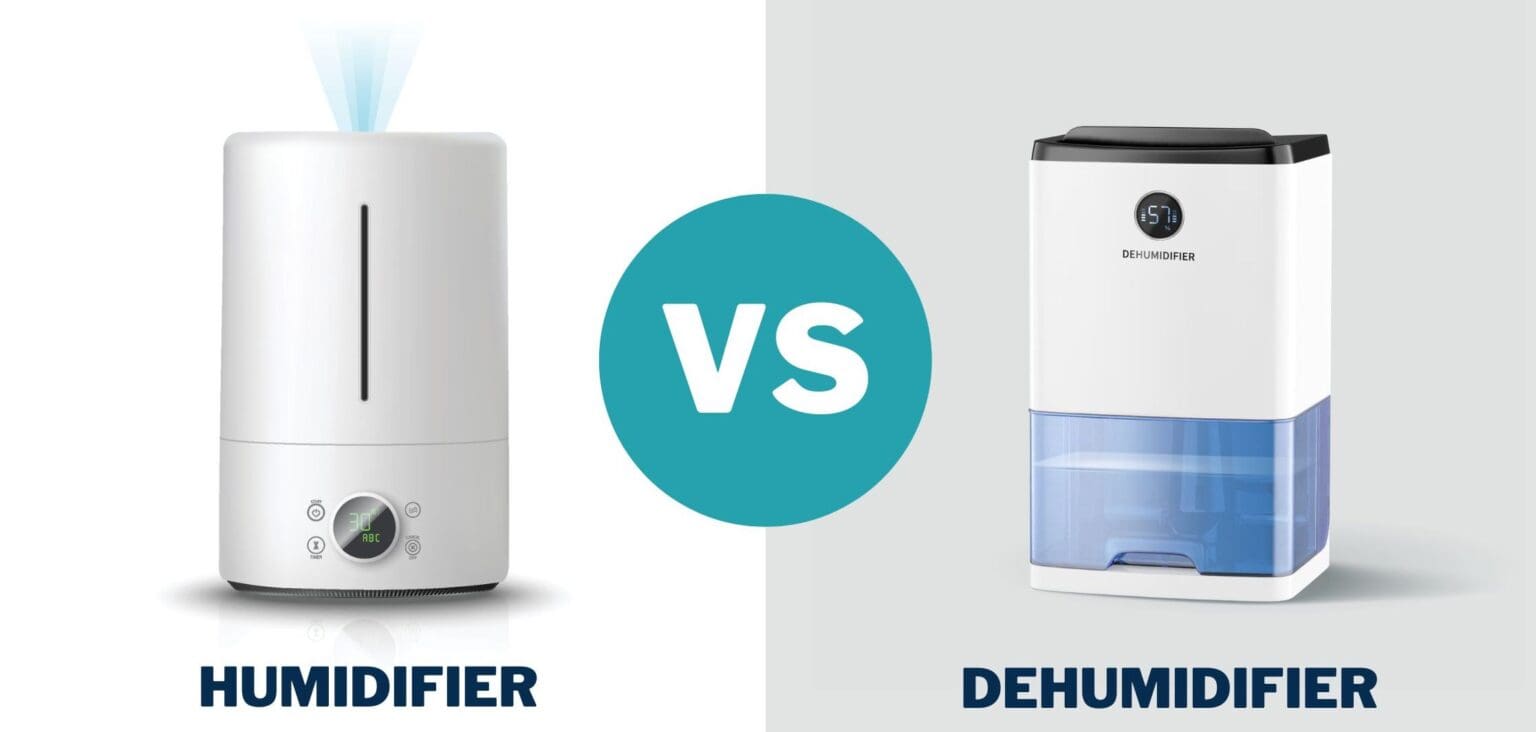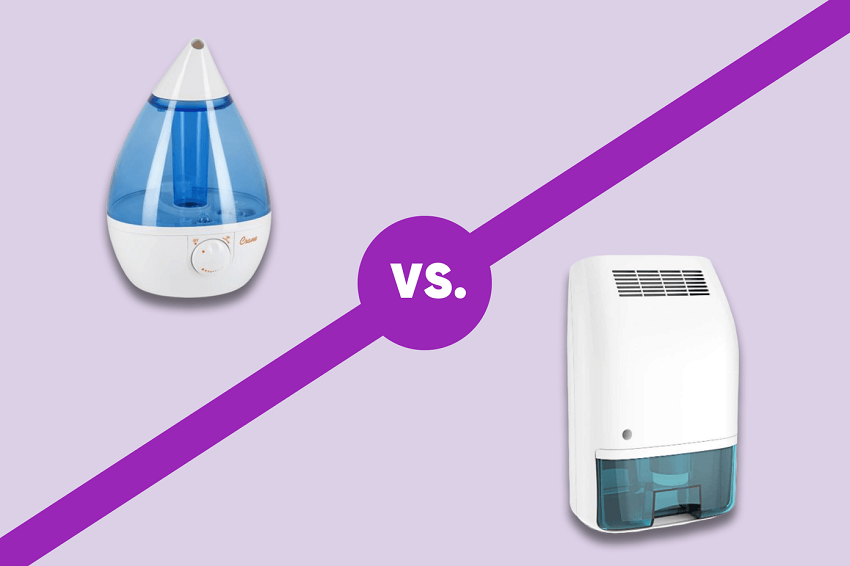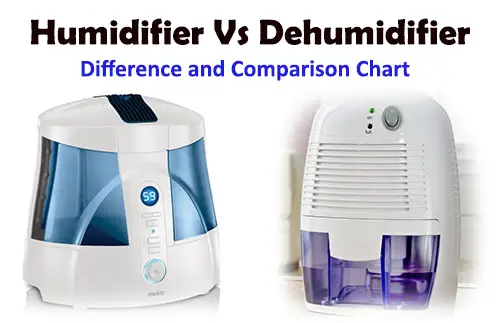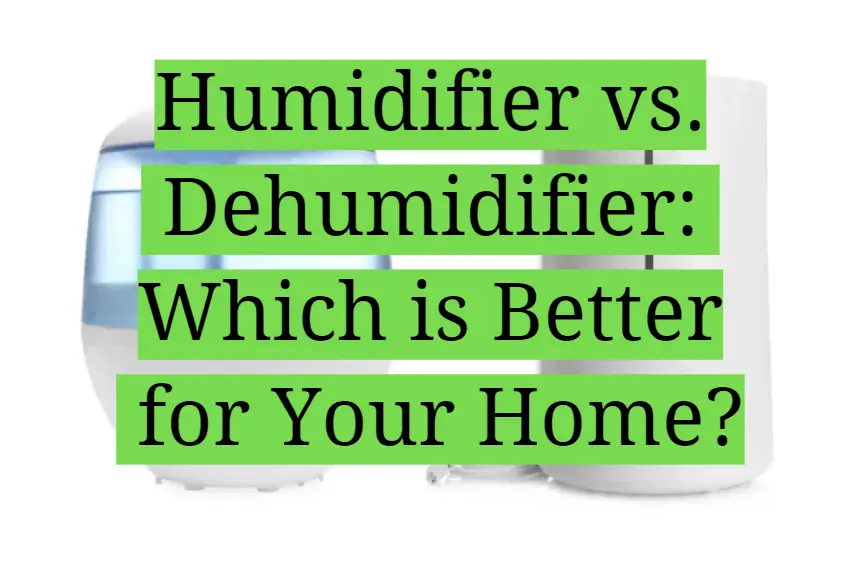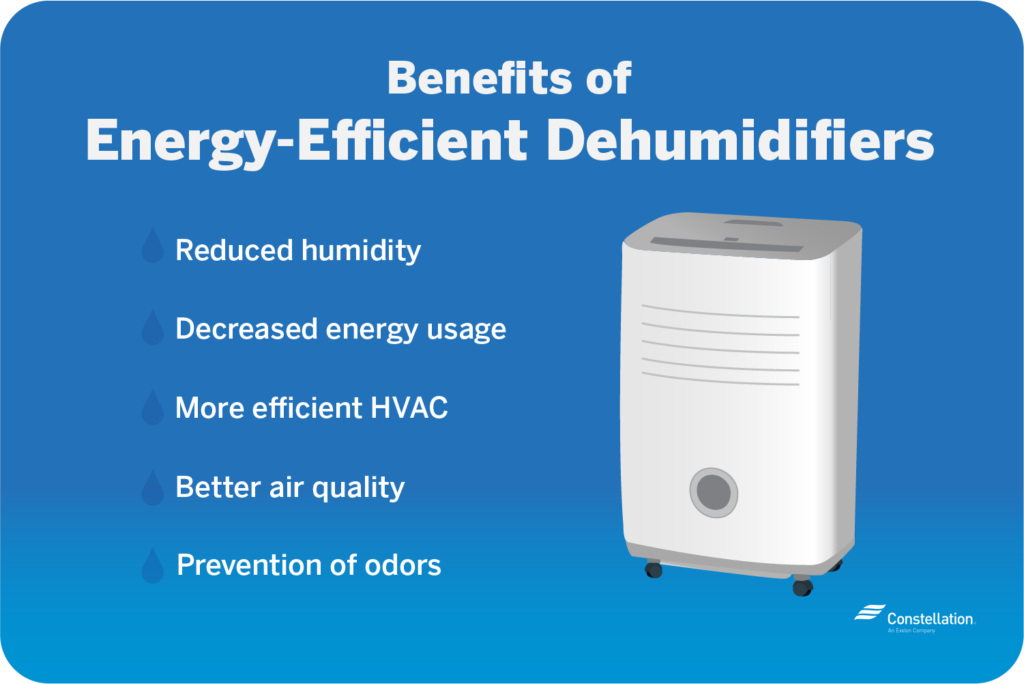When To Use A Humidifier Or Dehumidifier

Maintaining the right humidity level in your home is crucial for comfort, health, and even the longevity of your property. Too much or too little moisture can lead to a variety of problems, from mold growth and structural damage to respiratory issues and uncomfortable living conditions. Understanding when to use a humidifier versus a dehumidifier is essential for effective home climate control.
Understanding Humidity Levels
Before diving into when to use which appliance, it's important to understand what constitutes ideal humidity levels. Experts generally recommend maintaining a relative humidity between 30% and 50% inside your home. This range prevents the growth of mold and mildew, which thrive in higher humidity, while also preventing dryness that can irritate skin and respiratory systems.
How to Measure Humidity
The easiest way to measure the humidity level in your home is with a hygrometer, also known as a humidity meter. These devices are relatively inexpensive and can be found at most hardware stores. Place the hygrometer in a central location away from direct sunlight or drafts for an accurate reading.
When to Use a Humidifier
A humidifier adds moisture to the air. You'll likely need one during the colder months when heating systems dry out the indoor environment. Here's a breakdown of situations where a humidifier is beneficial:
- Dry Air Symptoms: If you experience dry skin, chapped lips, a scratchy throat, or nosebleeds, these are classic signs of low humidity.
- Static Electricity: An increase in static electricity in your home, like getting shocked when touching a doorknob, indicates dry air.
- Damaged Wood Furniture: Low humidity can cause wood furniture, floors, and instruments to crack or warp.
- Respiratory Issues: Dry air can exacerbate respiratory conditions like asthma or allergies. A humidifier can help soothe irritated airways.
Types of Humidifiers
There are several types of humidifiers available, each with its own pros and cons:
- Central Humidifiers: These are integrated into your HVAC system and humidify the entire house. They require professional installation.
- Evaporative Humidifiers: These use a wick or filter to absorb water and a fan to blow air across it, evaporating the water into the air.
- Ultrasonic Humidifiers: These use high-frequency sound vibrations to create a cool mist.
- Steam Vaporizers: These boil water and release steam into the air. Be cautious with these, as the hot water can be a burn hazard, especially around children.
DIY Maintenance for Humidifiers
Regular maintenance is essential to prevent the growth of mold and bacteria in your humidifier:
- Daily: Empty and refill the water tank daily with fresh, distilled water.
- Weekly: Clean the humidifier according to the manufacturer's instructions. This usually involves disinfecting the tank with a diluted bleach solution or vinegar.
- Monthly: Replace the filter or wick if your humidifier has one.
Safety Tips for Humidifiers
- Always use distilled water to prevent mineral buildup.
- Clean the humidifier regularly to prevent mold and bacteria growth.
- Monitor the humidity level to avoid over-humidifying, which can create an environment conducive to mold growth.
When to Use a Dehumidifier
A dehumidifier removes moisture from the air. You'll likely need one during humid summer months or in basements or other areas prone to dampness.
- High Humidity Readings: If your hygrometer consistently reads above 50%, it's time to consider a dehumidifier.
- Mold and Mildew Growth: Visible mold or mildew growth is a clear sign of excessive humidity.
- Musty Odors: A persistent musty odor, especially in basements, indicates high humidity and potential mold growth.
- Condensation on Windows: Condensation on windows, particularly during cooler months, suggests high indoor humidity.
- Allergies and Asthma: High humidity can exacerbate allergies and asthma by promoting the growth of dust mites and mold.
Types of Dehumidifiers
- Whole-House Dehumidifiers: These are integrated into your HVAC system and dehumidify the entire house. They require professional installation.
- Portable Dehumidifiers: These are standalone units that can be moved from room to room. They come in various sizes and capacities.
DIY Maintenance for Dehumidifiers
Regular maintenance is crucial to ensure your dehumidifier operates efficiently:
- Regularly Empty the Water Tank: Empty the water tank when it's full. Some dehumidifiers have a hose connection for continuous draining.
- Clean the Air Filter: Clean the air filter monthly to remove dust and debris. This will improve the dehumidifier's efficiency and prolong its lifespan.
- Check for Ice Buildup: If your dehumidifier is located in a cool area, check for ice buildup on the coils. Defrost it as needed.
Safety Tips for Dehumidifiers
- Ensure the dehumidifier is placed on a level surface.
- Clean the water tank regularly to prevent mold and bacteria growth.
- Don't block the air intake or exhaust vents.
- If the dehumidifier has a hose connection for continuous draining, make sure the hose is properly connected and not kinked.
Troubleshooting Common Issues
Humidifier Issues
- No Mist: Check the water level, filter, and power supply.
- White Dust: This is usually caused by mineral buildup from hard water. Use distilled water.
- Mold Growth: Clean the humidifier more frequently and use distilled water.
Dehumidifier Issues
- Not Removing Enough Moisture: Check the filter, room size, and humidity level. The dehumidifier might be too small for the space or the humidity level might be extremely high.
- Freezing Up: This can be caused by low temperatures or a dirty filter. Clean the filter and ensure the room temperature is within the operating range of the dehumidifier.
- No Power: Check the power cord, outlet, and circuit breaker.
When to Call a Professional
While some humidifier and dehumidifier maintenance and troubleshooting can be done DIY, there are times when it's best to call a professional HVAC technician:
- Central Humidifier or Dehumidifier Installation or Repair: These systems are integrated into your HVAC and require specialized knowledge and tools.
- Electrical Issues: If you suspect an electrical problem with your humidifier or dehumidifier, don't attempt to repair it yourself. Call a qualified electrician.
- Refrigerant Leaks: Dehumidifiers use refrigerant. If you suspect a refrigerant leak, call a certified HVAC technician.
- Persistent Mold Problems: If you have a persistent mold problem, it's best to consult with a mold remediation specialist to identify and address the underlying cause.
Cost Considerations
The cost of humidifiers and dehumidifiers varies depending on the type, size, and features. Portable humidifiers and dehumidifiers can range from $50 to $300, while whole-house systems can cost several thousand dollars, including installation.
Professional HVAC service calls typically range from $75 to $150 per hour, plus the cost of parts. Repair costs can vary widely depending on the complexity of the problem. Getting a quote from a qualified HVAC technician is always recommended for major repairs.
Conclusion
Understanding when to use a humidifier or dehumidifier is essential for maintaining a comfortable and healthy home environment. By monitoring humidity levels, identifying the signs of too much or too little moisture, and performing regular maintenance, you can keep your HVAC system running efficiently and avoid costly repairs. Remember to prioritize safety and call a professional when needed.
